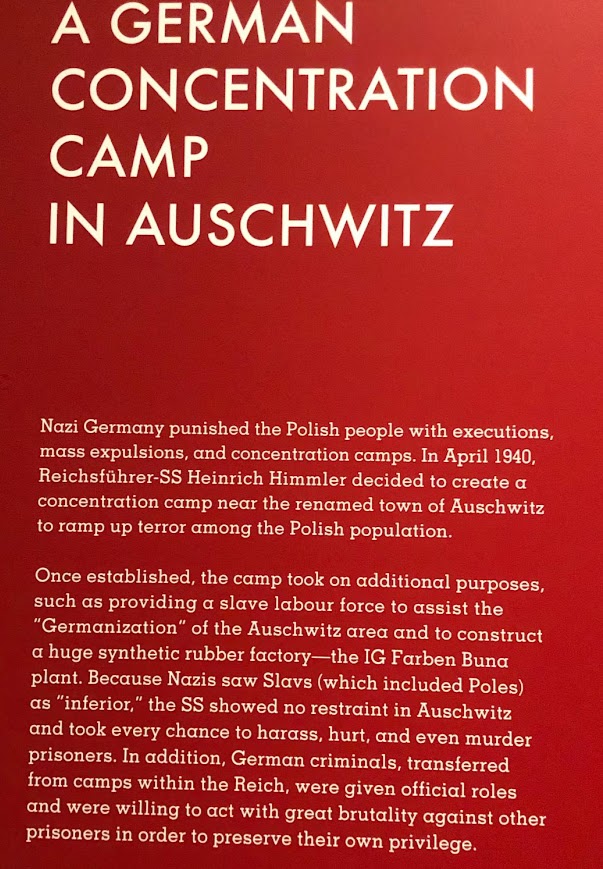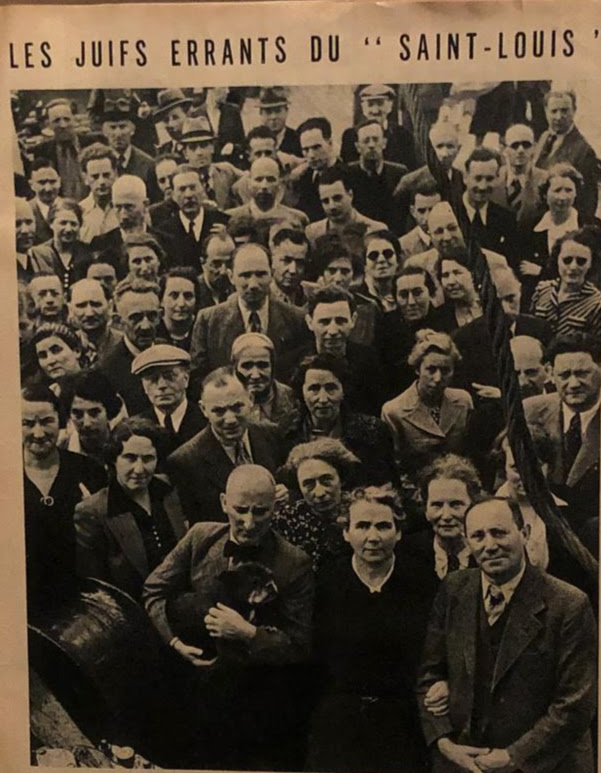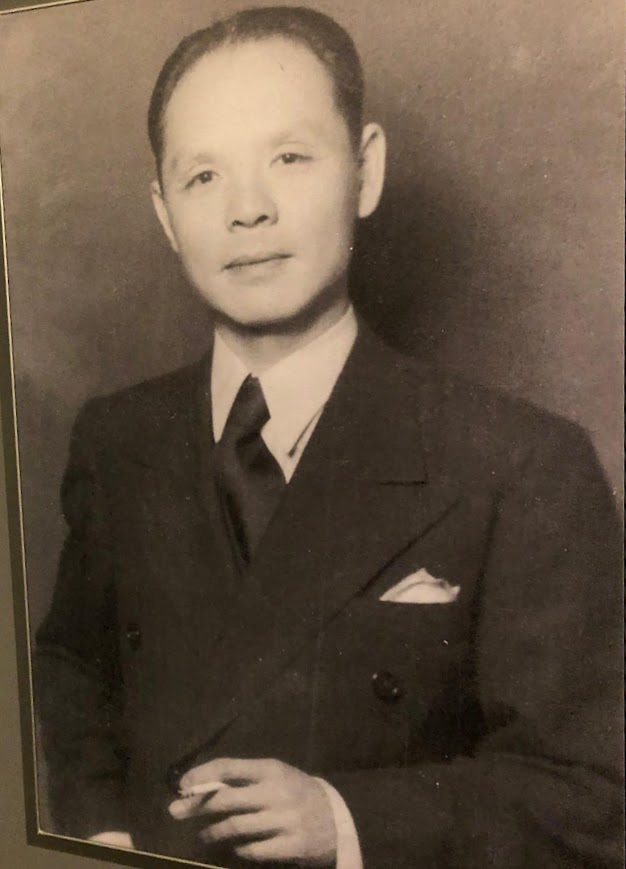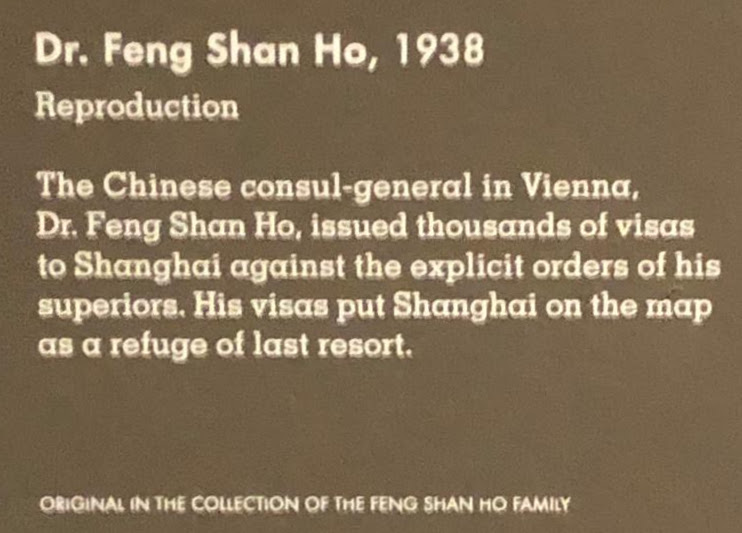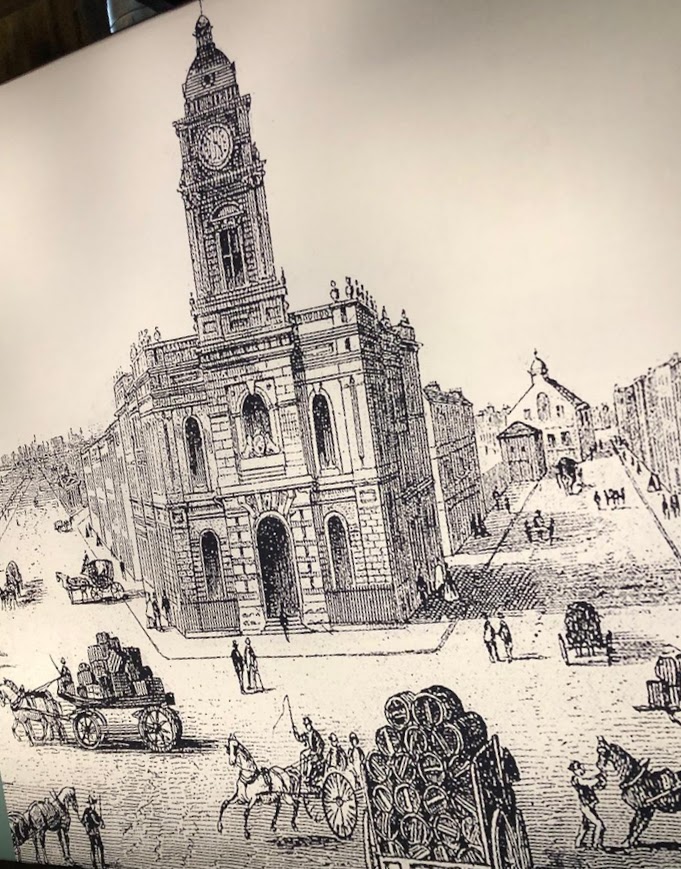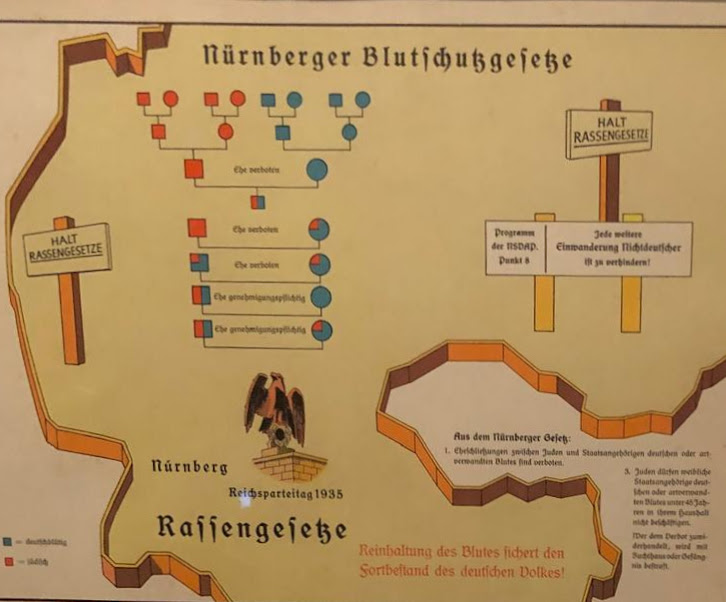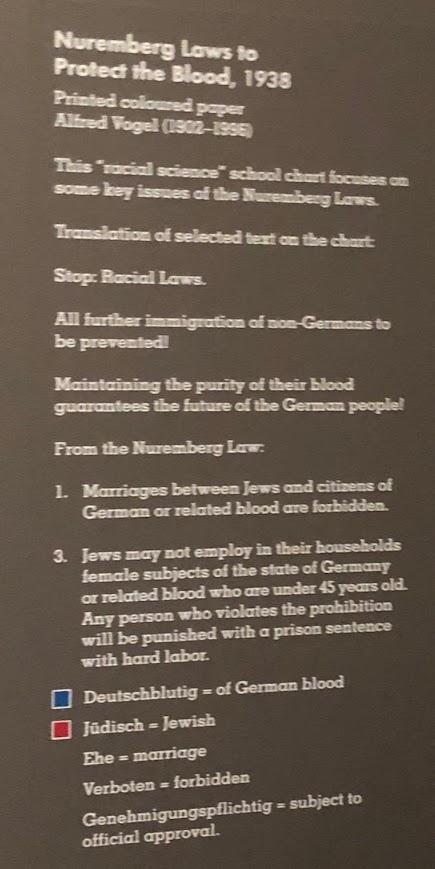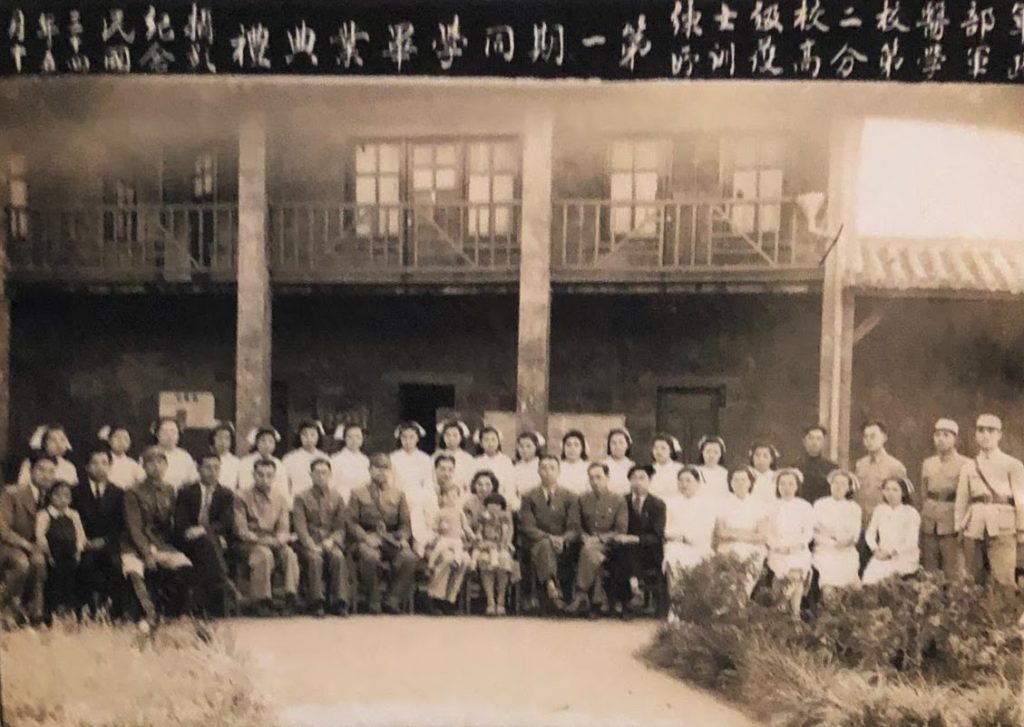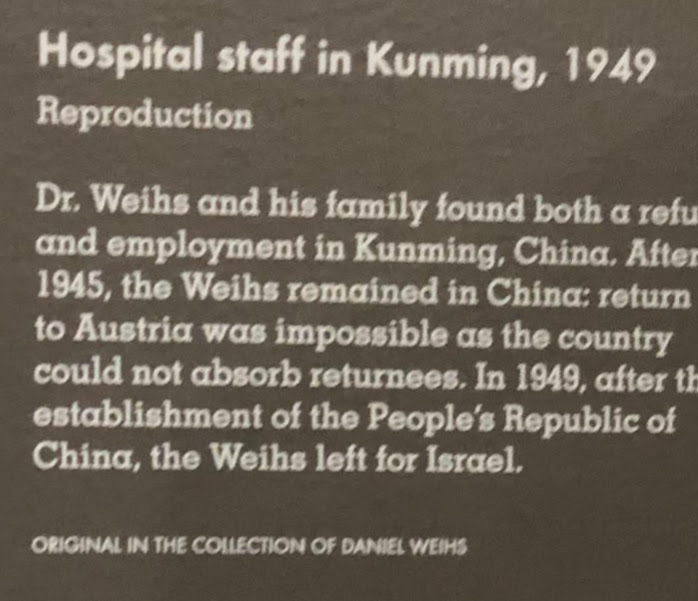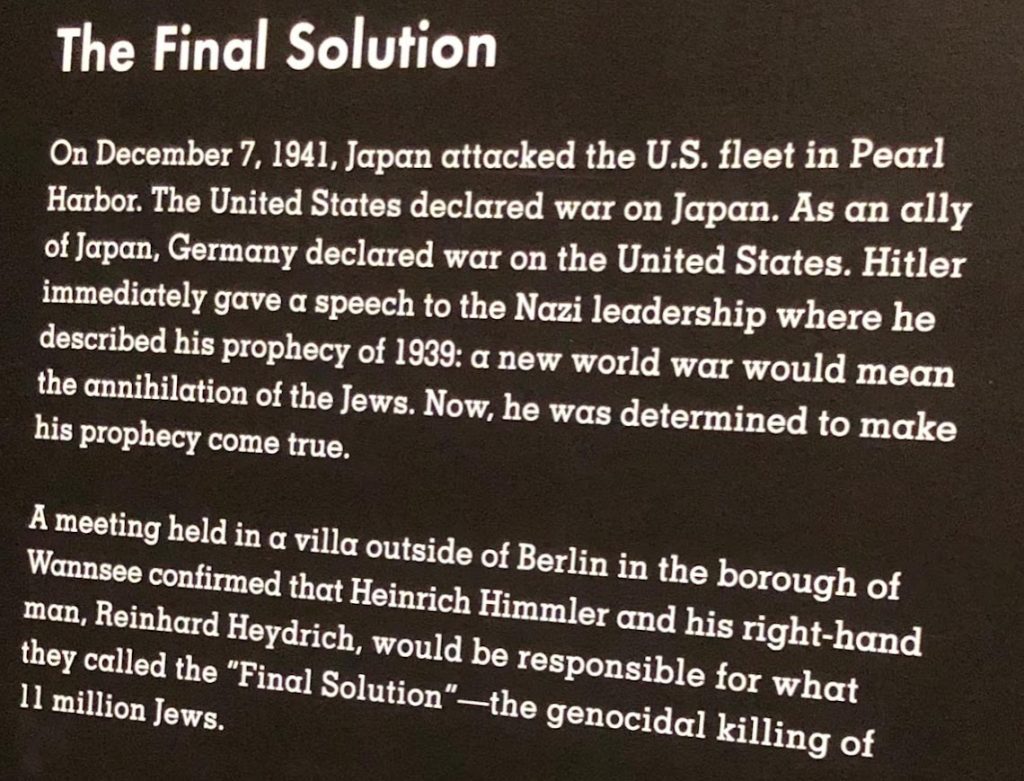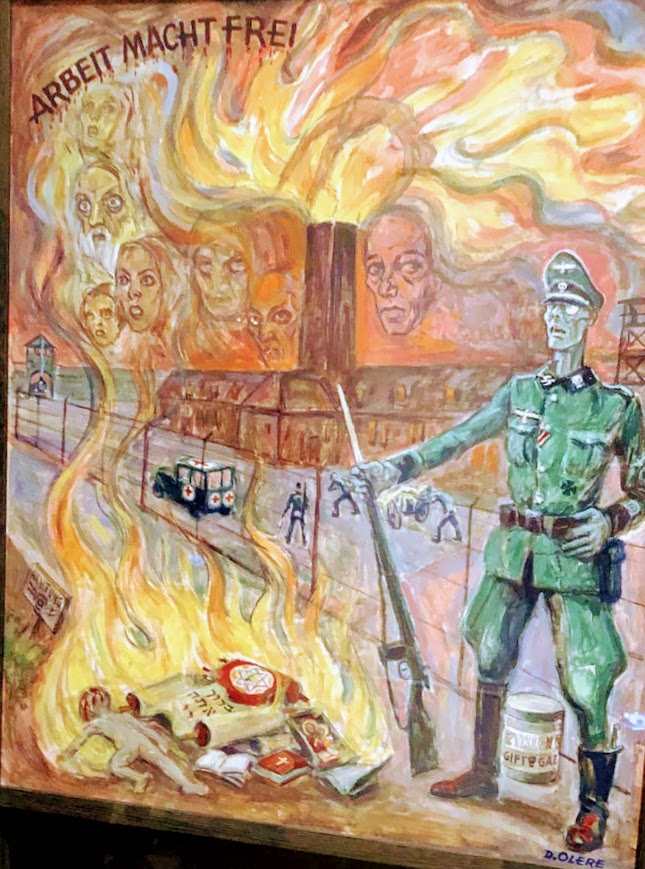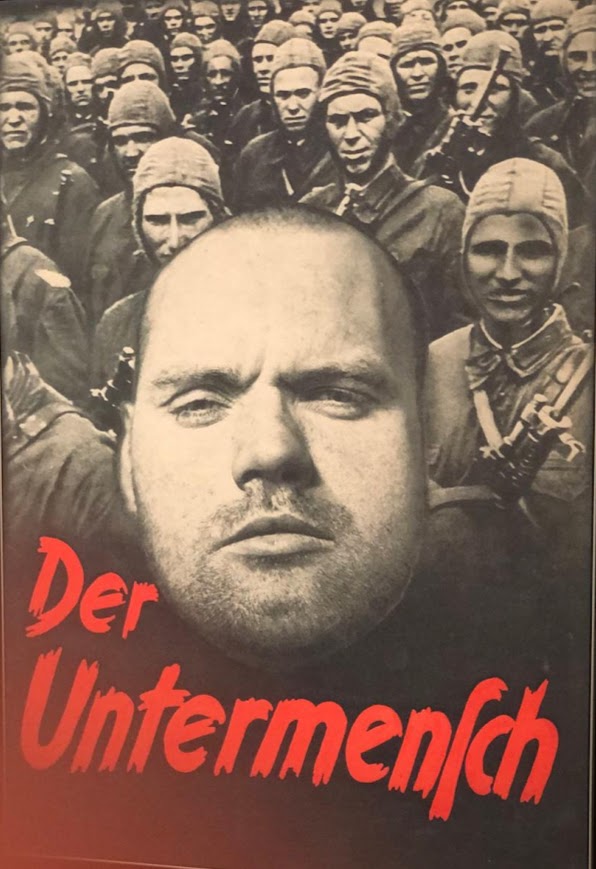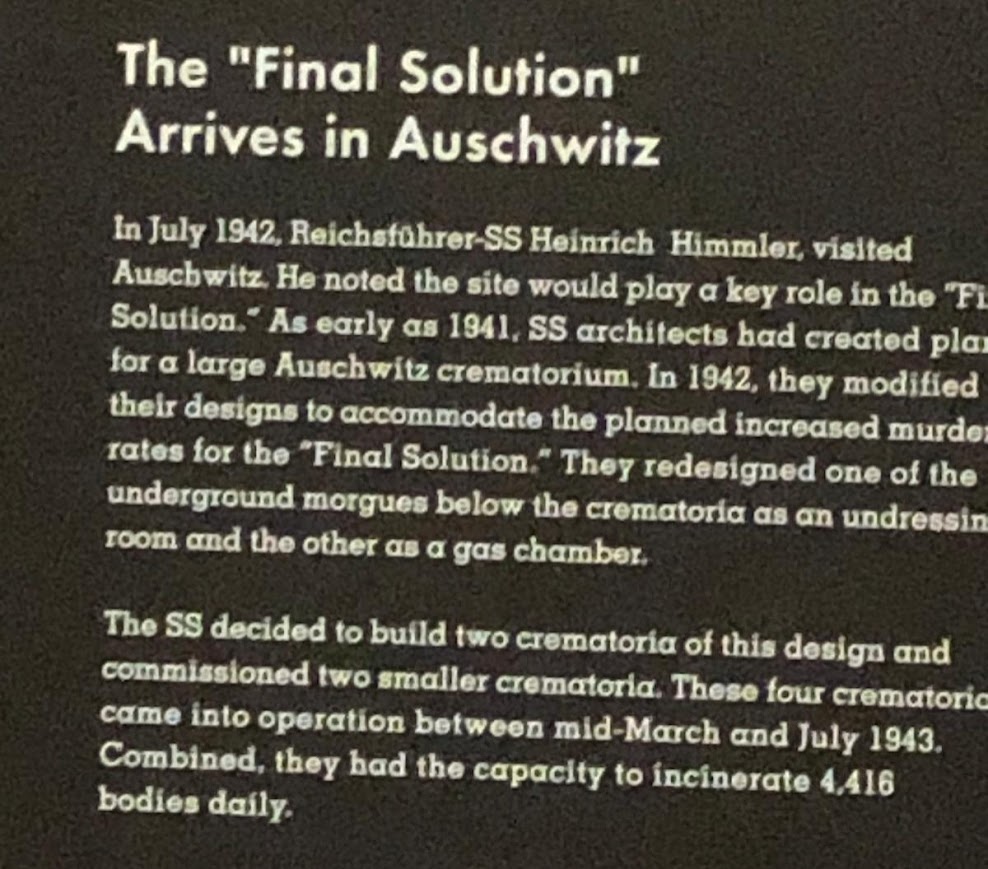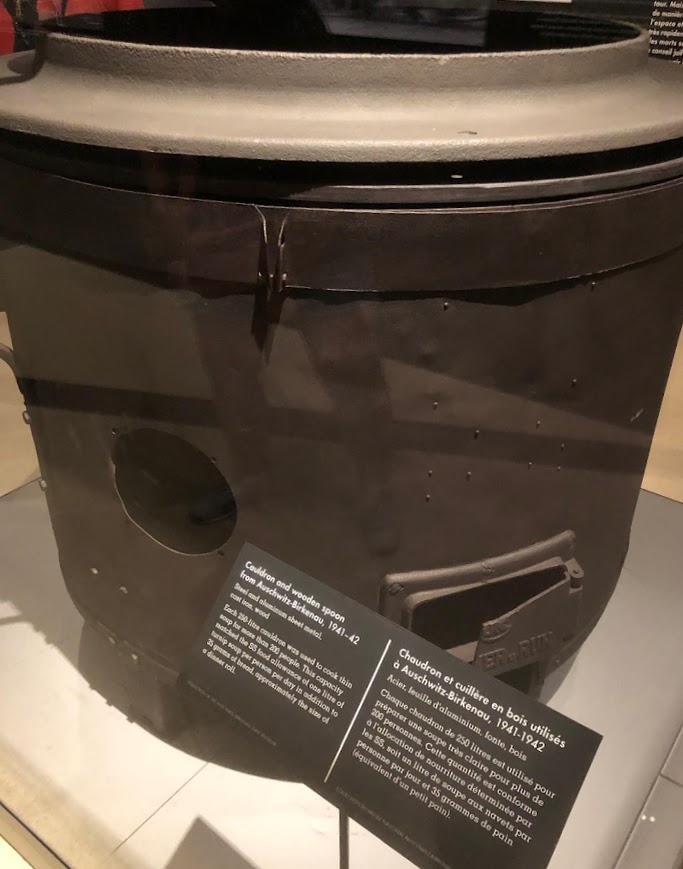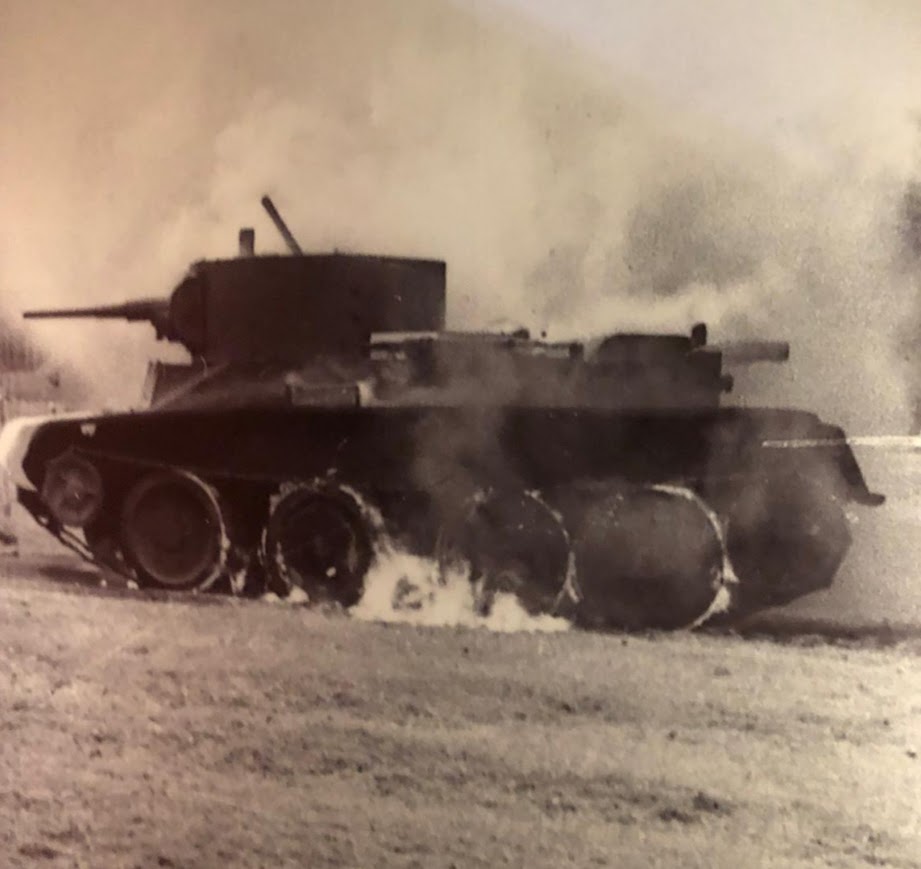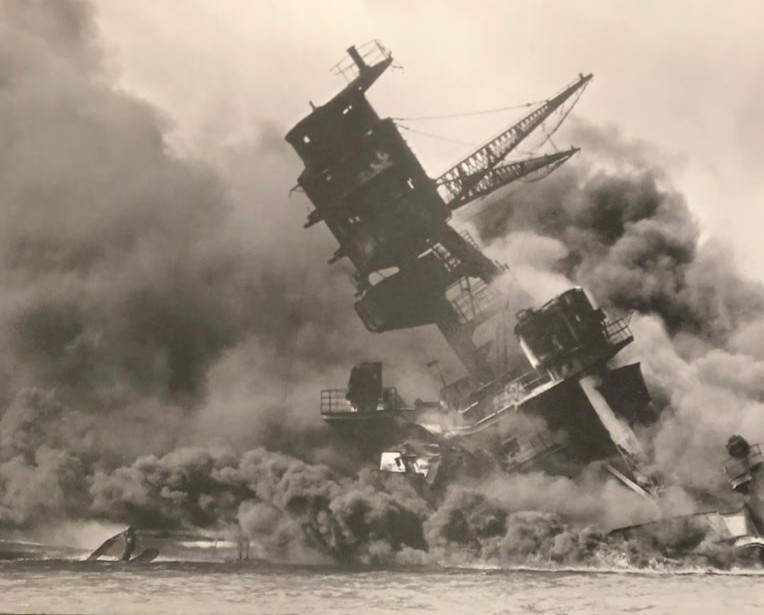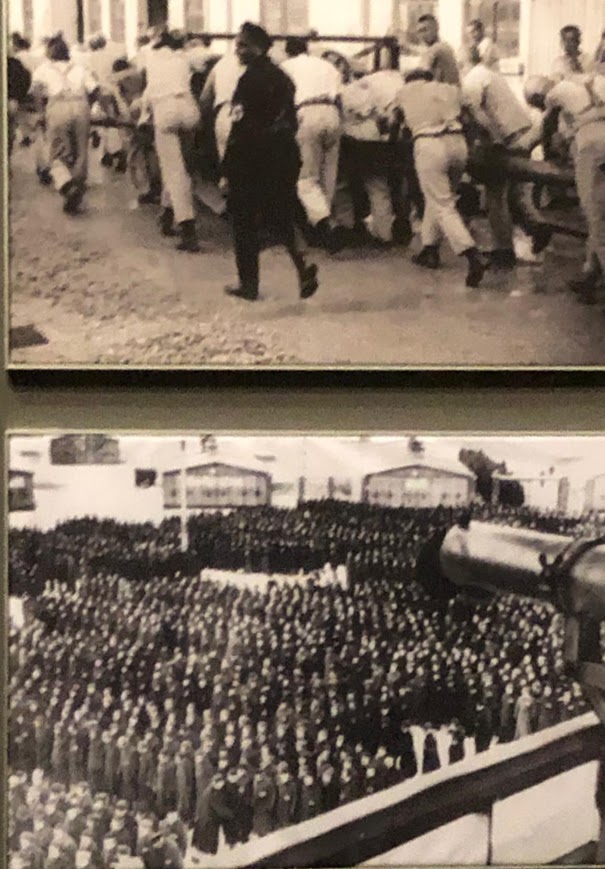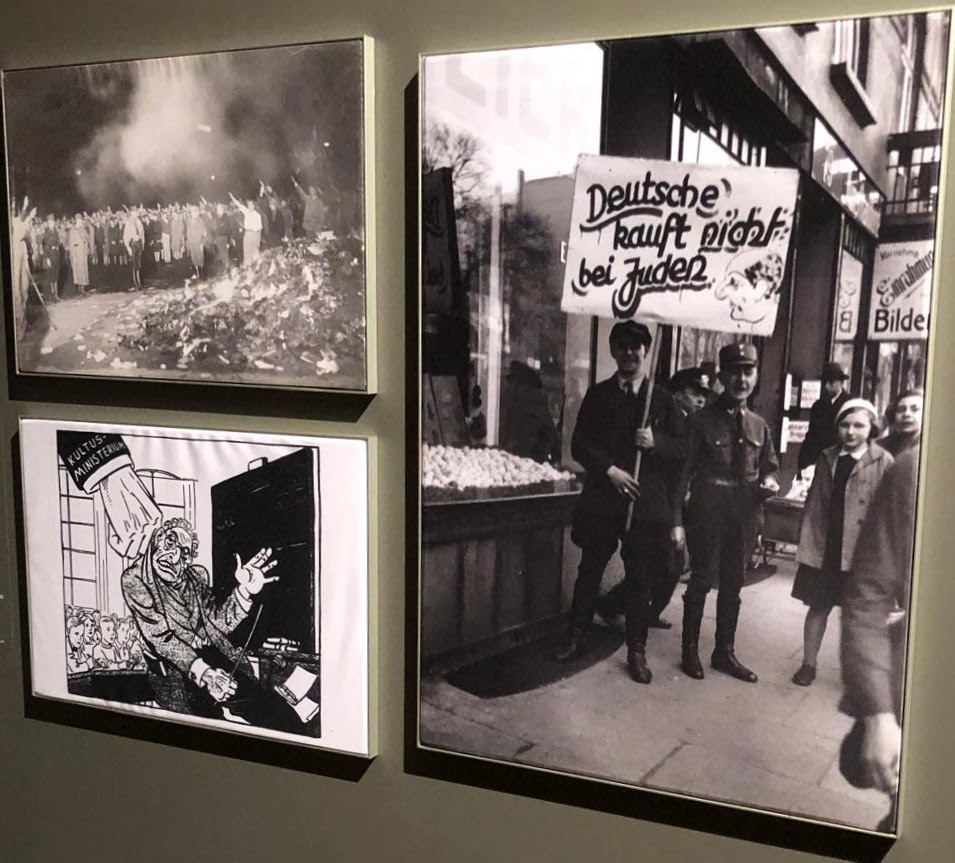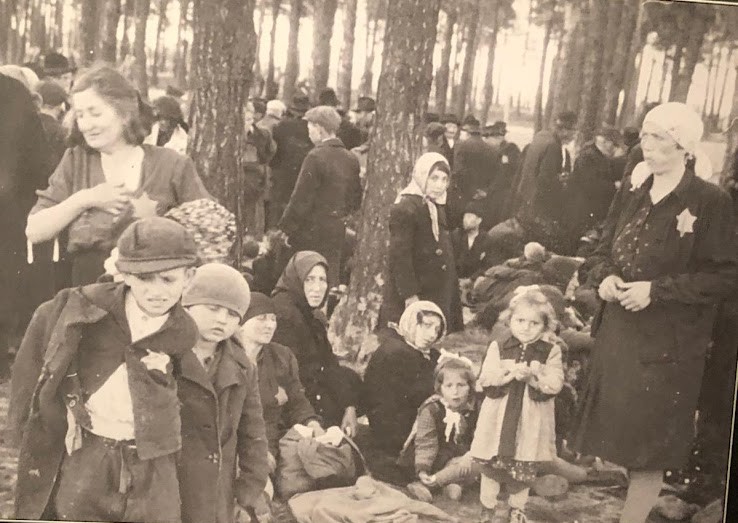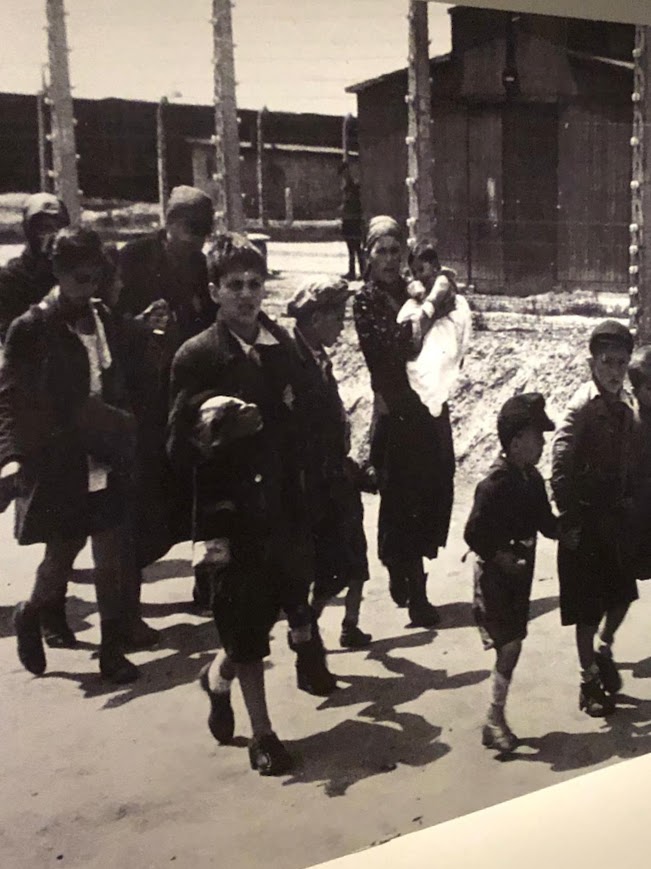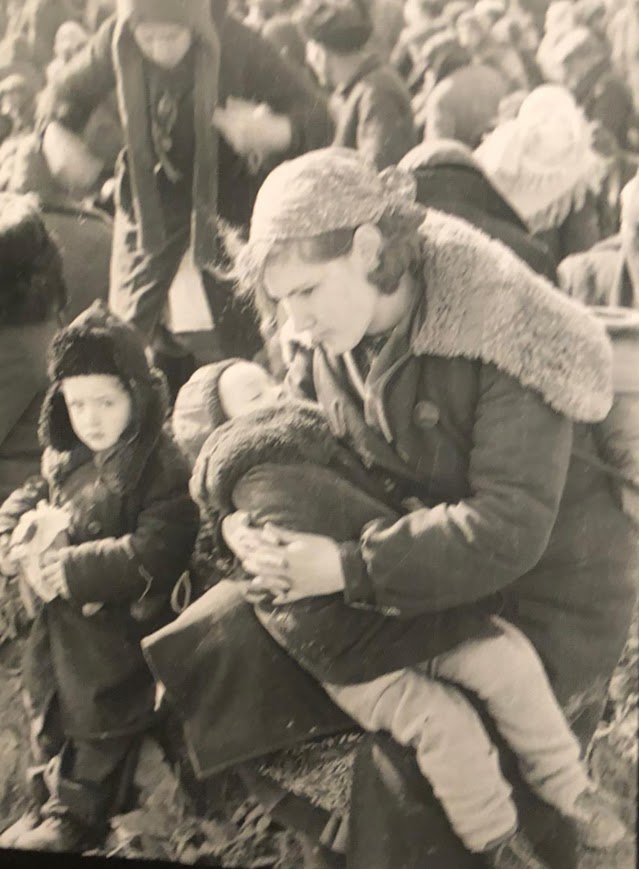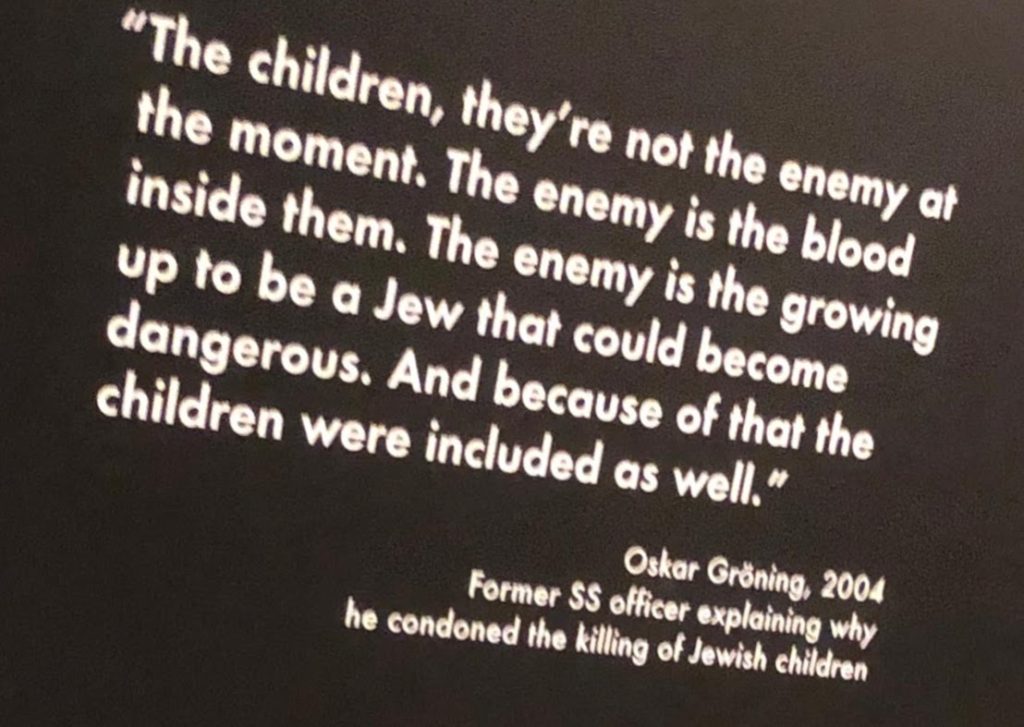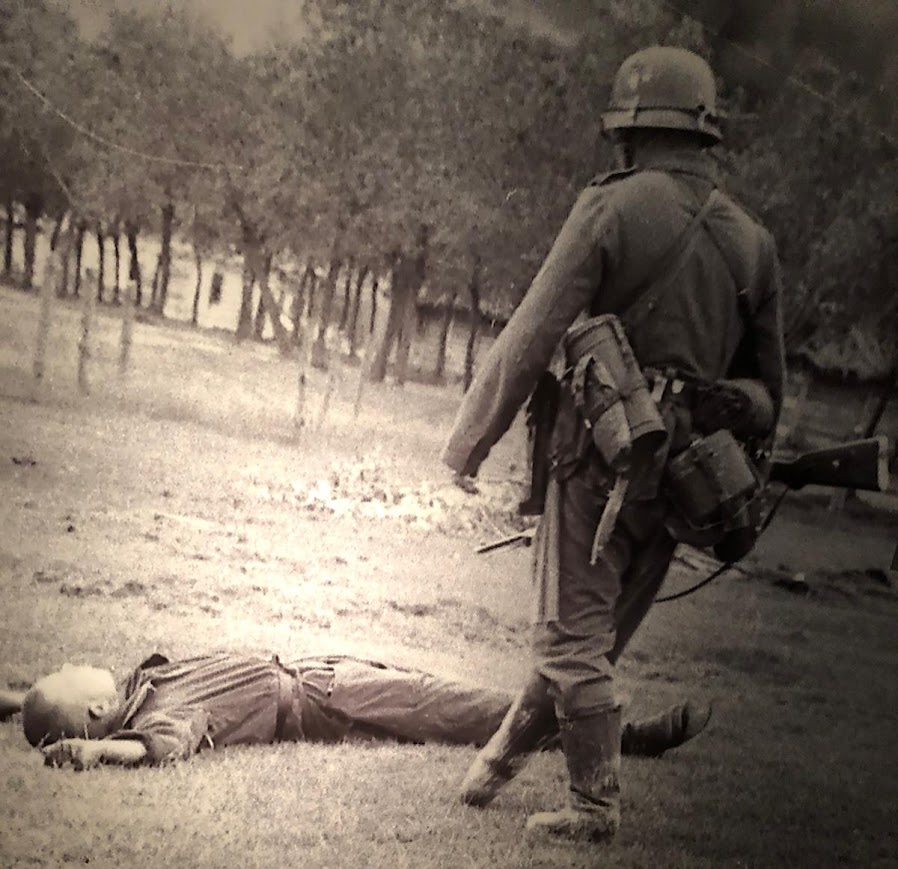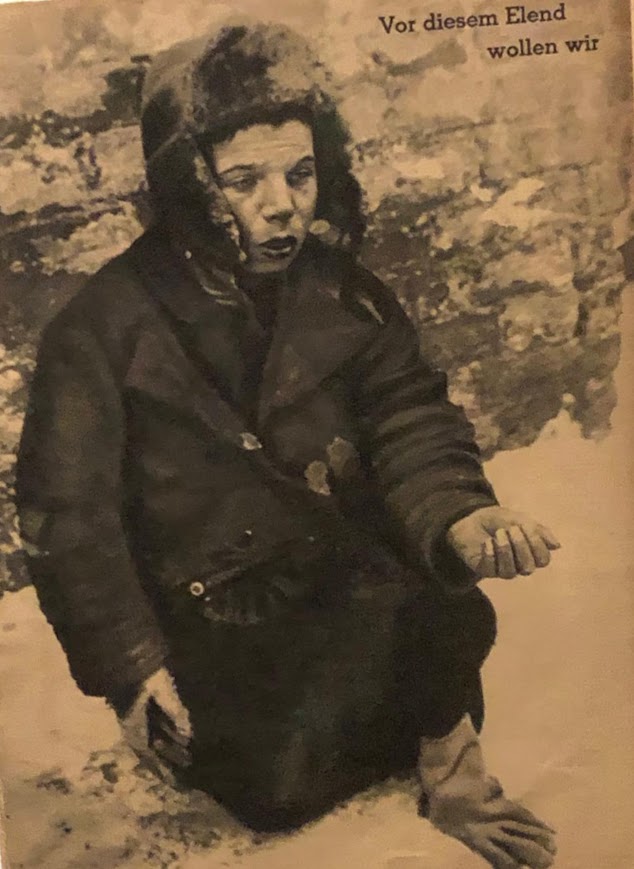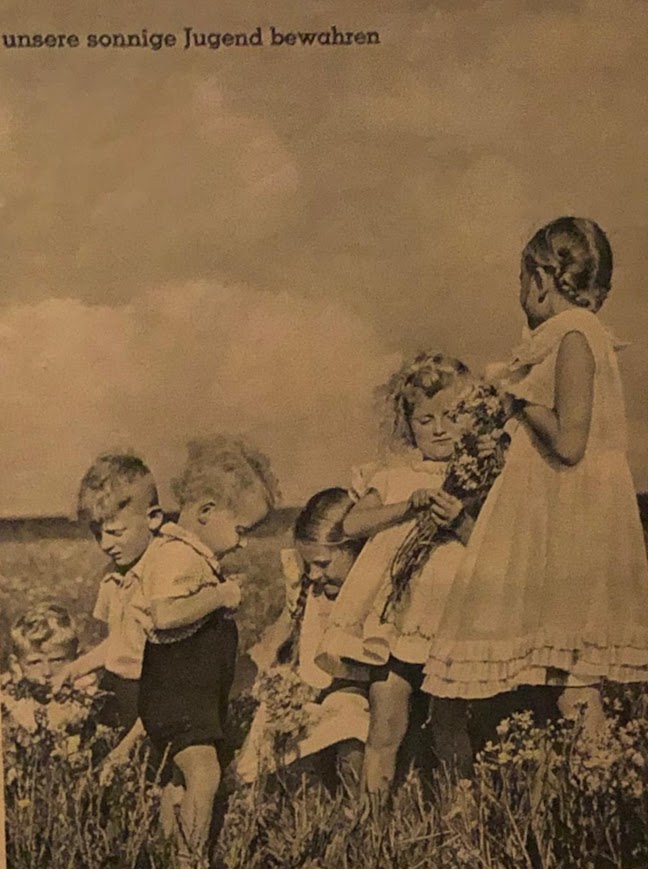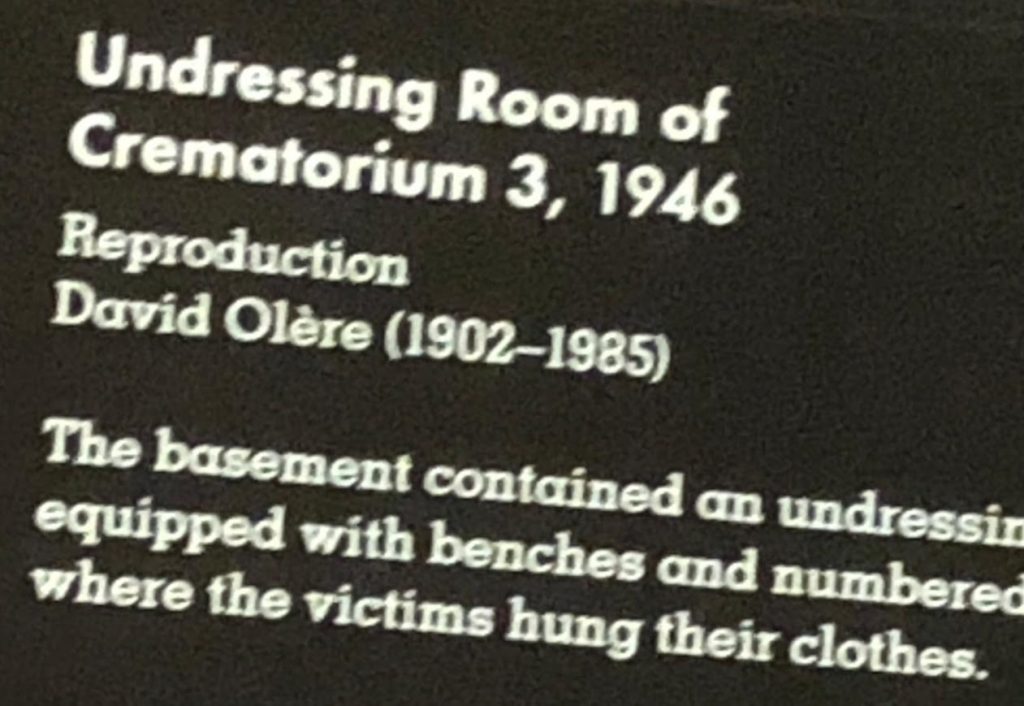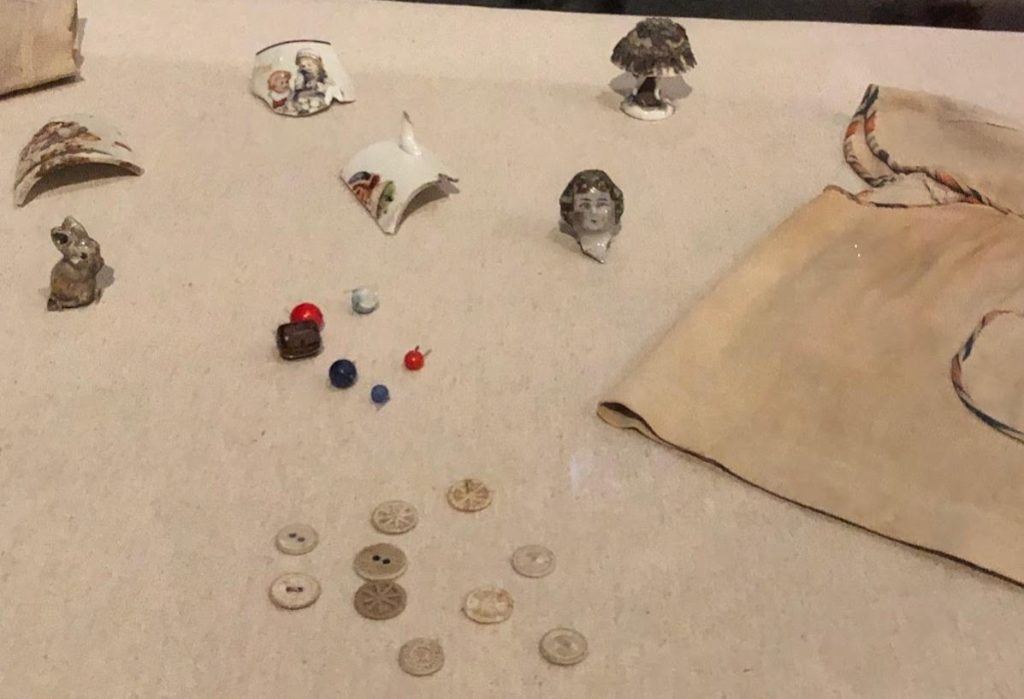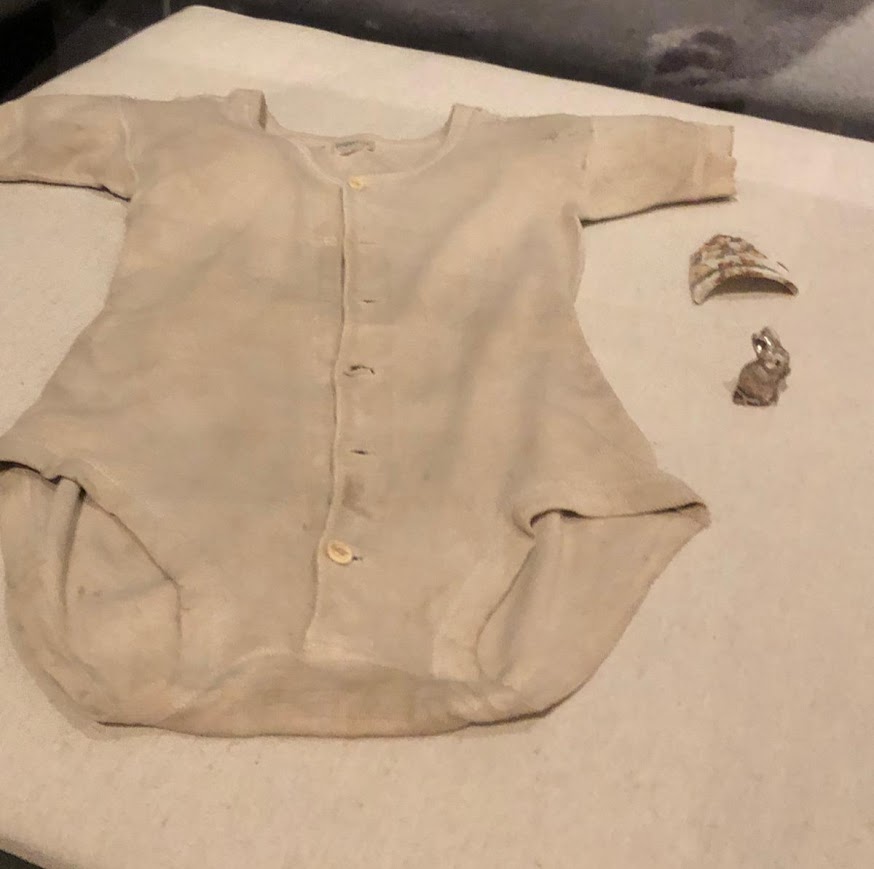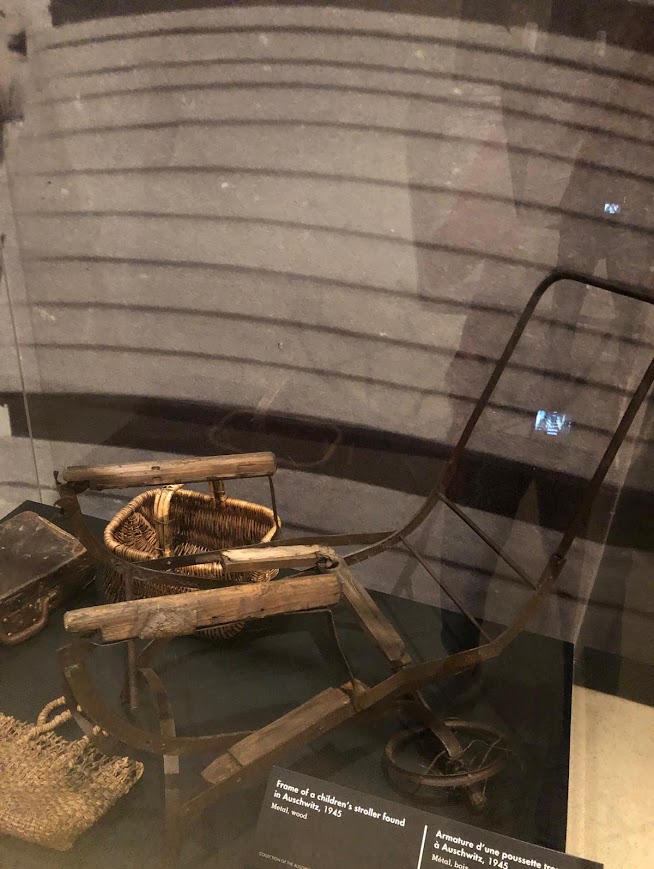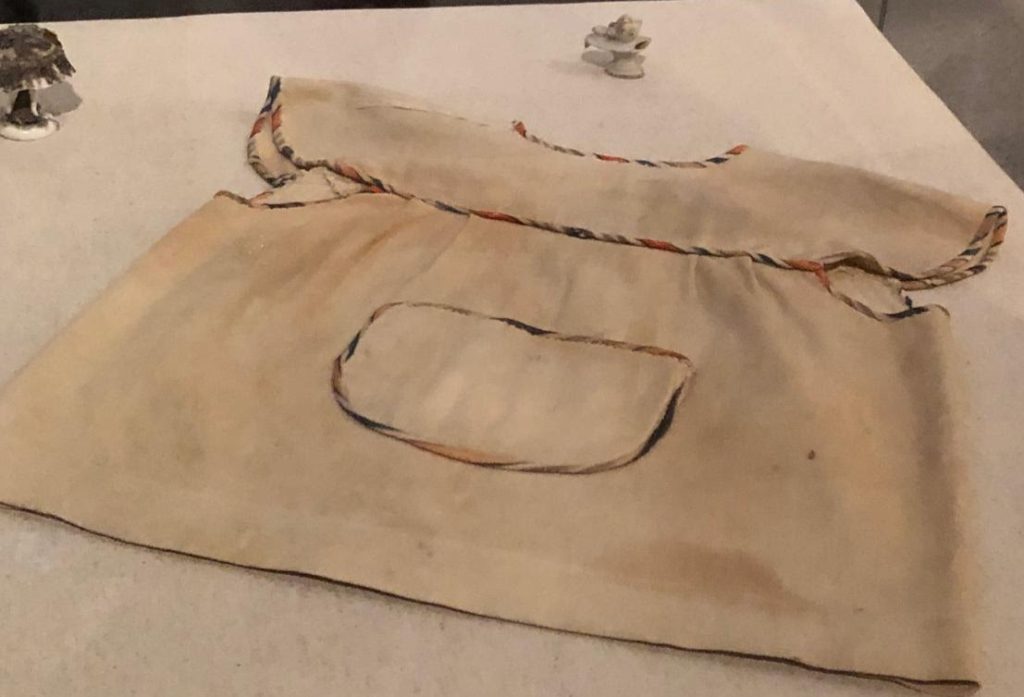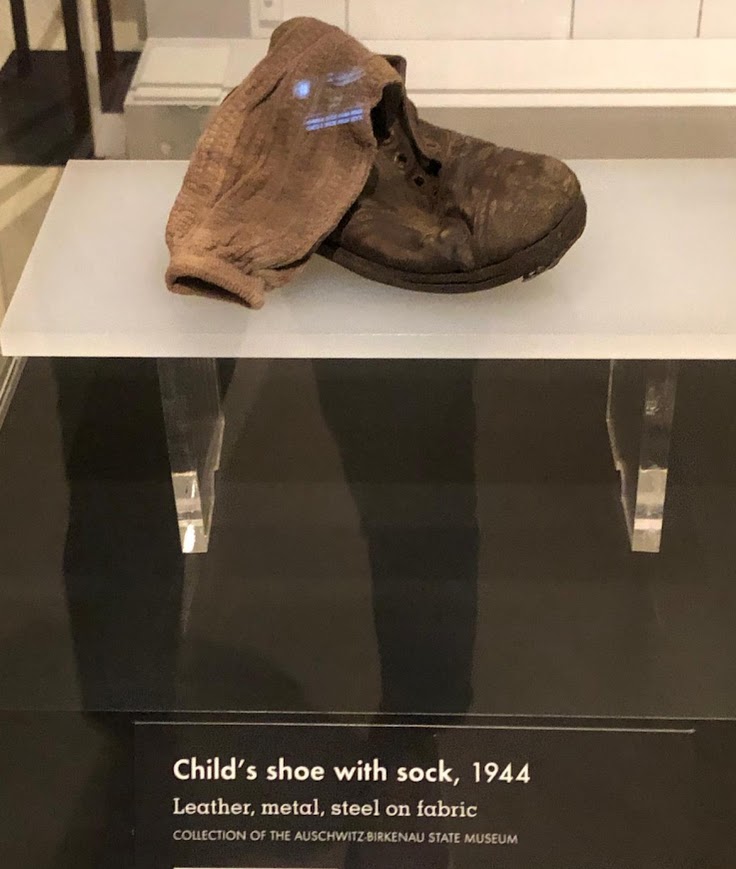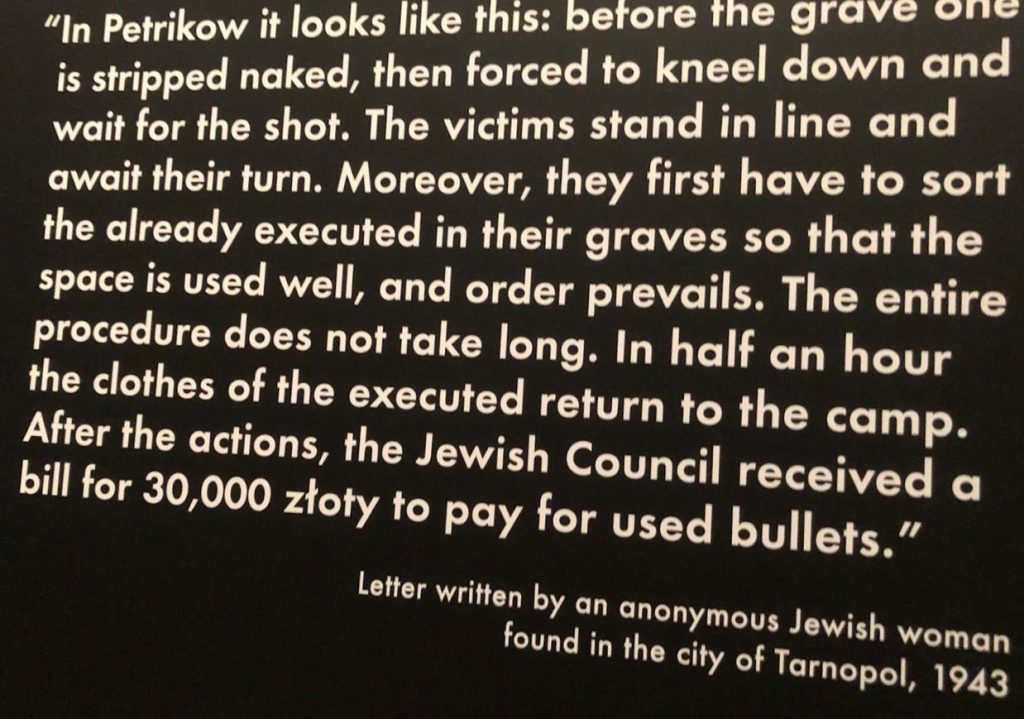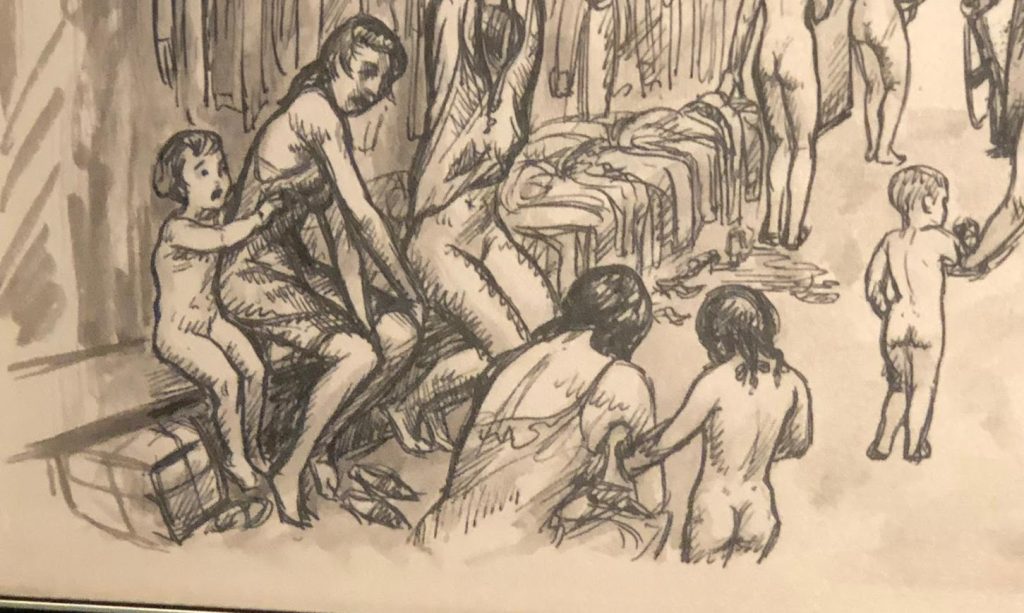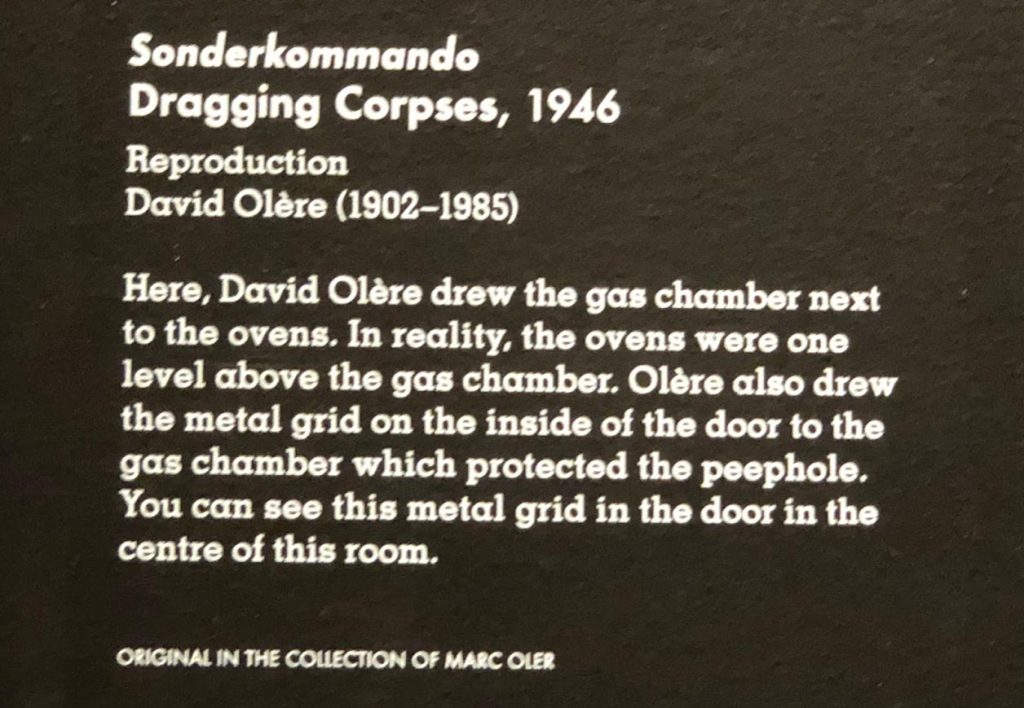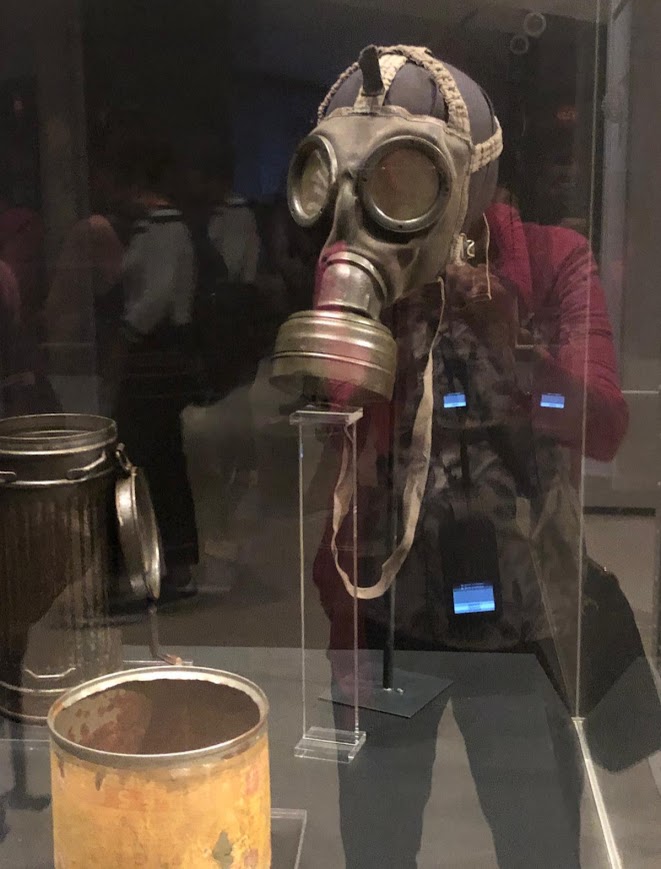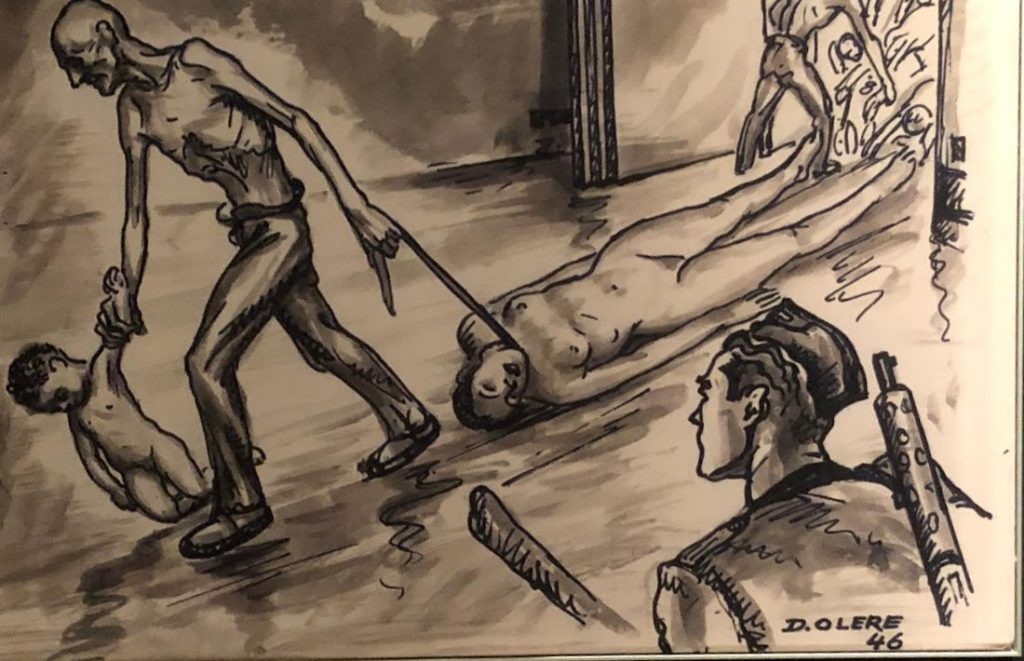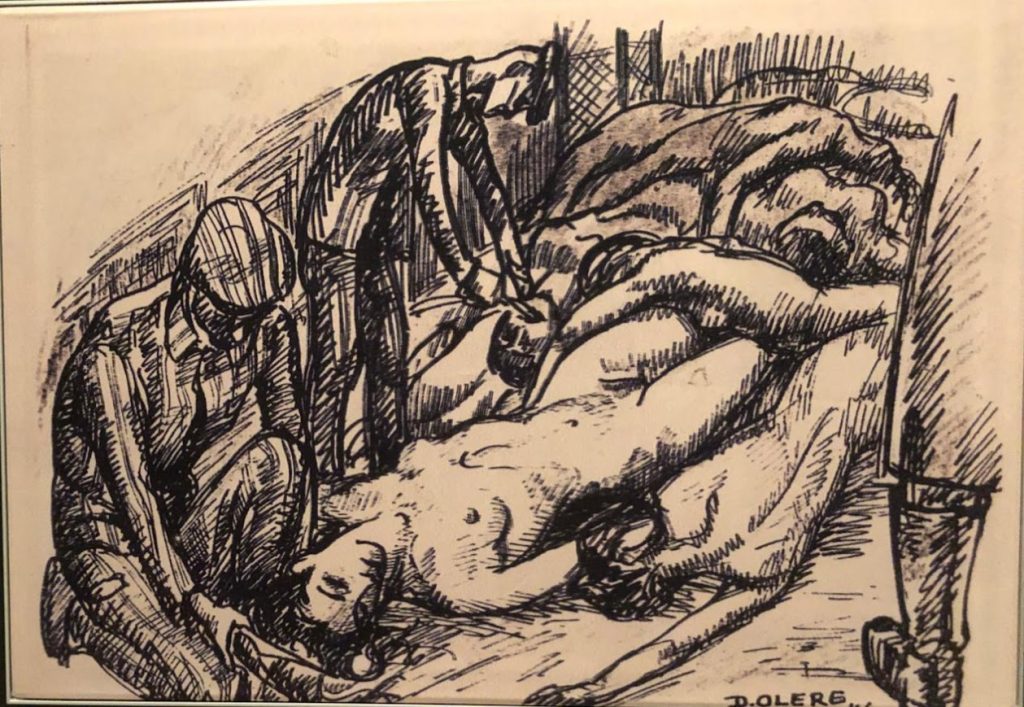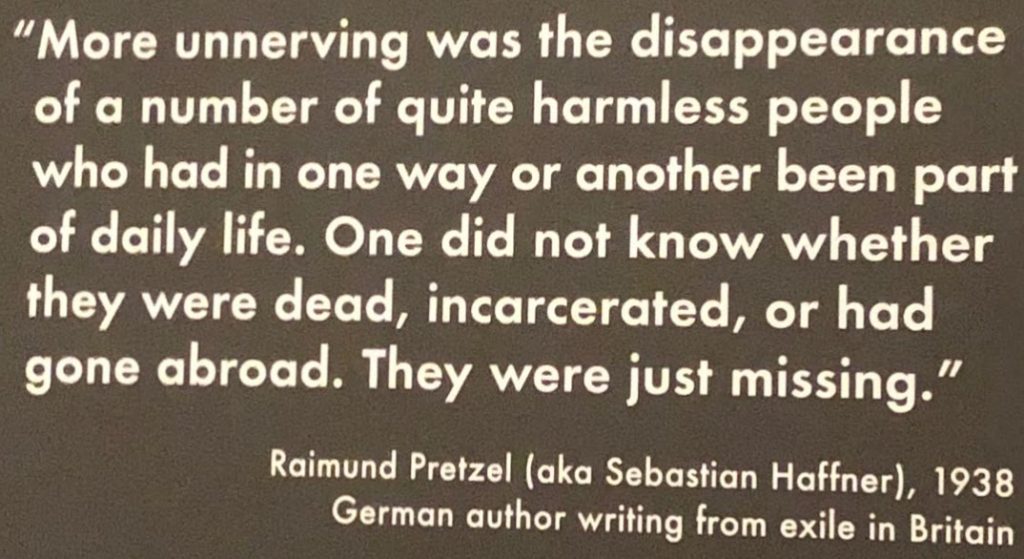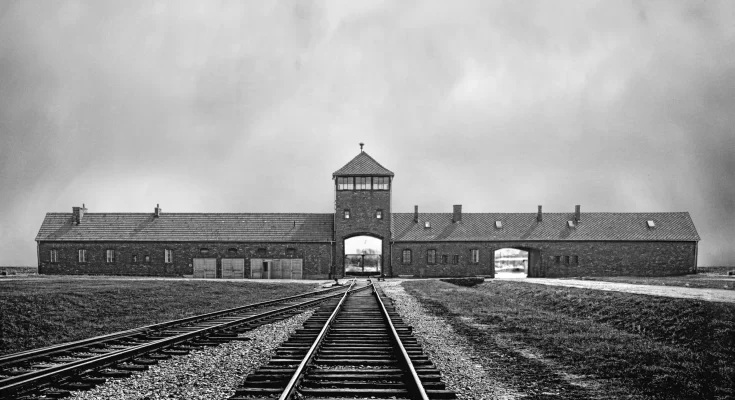Toronto/CMEDIA: The exhibition, ‘Auschwitz. Not long ago. Not far away’ showcased by Royal Ontario Mususeum (ROM) arrived in Toronto just ahead of the 80th anniversary of the liberation of Auschwitz on January 27, 2025 and explores the largest documented mass murder site in human history.
Created by Musealia, co-produced by the Auschwitz-Birkenau Memorial and Museum in Poland, and developed with an international panel of curators and historians, the internationally touring exhibition ‘Auschwitz. Not Long Ago. Not Far Away’ and ROM is the only Canadian stop on its international tour.
The site of the Holocaust, Auschwitz, created by Nazi Germany, presents a concentration camp and a killing centre in which some 1 million Jews were detained and murdered in a systematic and industrialized fashion.
Auschwitz. Not long ago. Not far away. underscores a critical need to understand the underlying conditions that allowed the Holocaust to happen. By reflecting on the past, visitors are invited to consider their role in creating a more inclusive and tolerant society.
The exhibition’s more than 500 original objects — many of which have never been seen before in Canada — on loan from the Auschwitz Memorial and more than 20 other major institutions and private collections around the world Survivor testimonials , historical documentation, and first-hand accounts by emancipating forces create a powerful connection.
Additionally, physical camp objects and archival records provide a contextual framework for the political and social landscape in Europe before the Auschwitz camp was created, the complex’s day-to-day environment raising awareness the human machinations at work in barbarism.
This exhibition is generously supported by the Royal Exhibitions Circle, and by the Community Ambassadors: Canadian Centre for Diversity and Inclusion; Canadian Race Relations Foundation.
